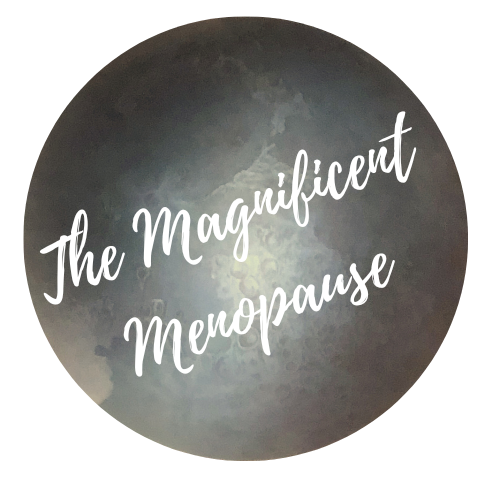UNDERSTANDING THE IMPACT OF THE MENSTRUAL CYCLE ON PATTERNS OF FOOD INTAKE

While women of reproductive age are increasingly engaging in various physical and athletic activities, it is rarely acknowledged that their menstrual cycle may affect their bodily systems in terms of food cravings, energy intake and physical activity itself.
As a woman has 450 menstrual cycles on average over her lifetime, nutritionists, other health professionals, coaches and female athletes themselves must consider the cyclic hormone impact on other bodily systems besides reproduction.
Human research is predominantly based on male studies with the results generalised across both sexes. Considerably fewer exercise-related studies are undertaken in women than in men, with only an estimated 35 per cent female participants in all sports and exercise studies (1). Although intricacies of the menstrual cycle are major impediments to undertaking studies in women, these studies are essential to understand how hormonal shifts that drive the menstrual cycle may manipulate various bodily systems related to energy intake and physical activity.
Substantial variations in dietary cravings and intake are common in all individuals, yet these differences are evidently more distinct in women (2). Sex hormones are considered important modulators of metabolism, appetite, energy balance and expenditure. On the whole, oestrogen is thought to hinder food intake, while progesterone may promote appetite. Increased oestrogen levels stimulate cholecystokinin (CCK) hormone release, which promotes the sensation of fullness, therefore potentially reducing appetite (3). In the follicular phase of the menstrual cycle (days between menses and ovulation), when oestrogen levels rise, food intake can thus be expected to decline naturally.
On the other hand, the rise in progesterone levels in the luteal phase of the menstrual cycle (days after ovulation and before the following menses starts) causes a rise in the body temperature – this potentially increases the metabolic output, subsequently adjusting women’s appetites to maintain energy balance (4). The body’s sensitivity to insulin is also expected to change across the menstrual cycle, with a decrease in the luteal phase when progesterone levels surge (5). This further explains the potential urge to consume more food to maintain the blood glucose levels at optimum during this stage of the menstrual cycle.
Surprisingly, research exploring the impact of cyclic hormones on female food cravings and intake throughout the menstrual cycle is scarce and rarely of a good quality. Thus far, it appears that a tendency towards increased overall energy intake is noticeable in the luteal phase (6, 7, 8, 9, 10, 13). However, it remains unclear how this affects the macronutrient and micronutrient composition of the diet during this phase of the cycle.
Although it is often suggested that the appetite for carbohydrates and sugars escalates during the luteal phase, available research is conflicting. Simple carbohydrates are suggested to boost hormone serotonin levels (11); therefore, it could be expected that women with common PMS symptoms of irritability and impulsivity in the premenstrual (luteal) phase would consume more carbohydrates. The research, however, does not always support this, with some findings indicating a decline in carbohydrate intake when PMS scores peak (12).
In fact, most contemporary research studies (6, 7, 8, 9, 10, 13) consider protein the most escalated macronutrient in the luteal phase. There is no clear explanation for this besides a probable variation in macronutrient ratio distribution if or when overall energy intake increases.
The acknowledgement of these probable energy intake deviations across each menstrual cycle is crucial both for us nutritionists and other health professionals and for female athletes themselves. It is especially vital to be mindful of these cyclic variations for those whose sport requires controlled food intake and tightly monitored body weight and composition. Being unaware or ignorant of these female cyclical changes, and their impact on energy needs, can contribute towards underperformance and health concerns due to possible negative energy balance and nutrient deficiency in the luteal phase of the menstrual cycle.






